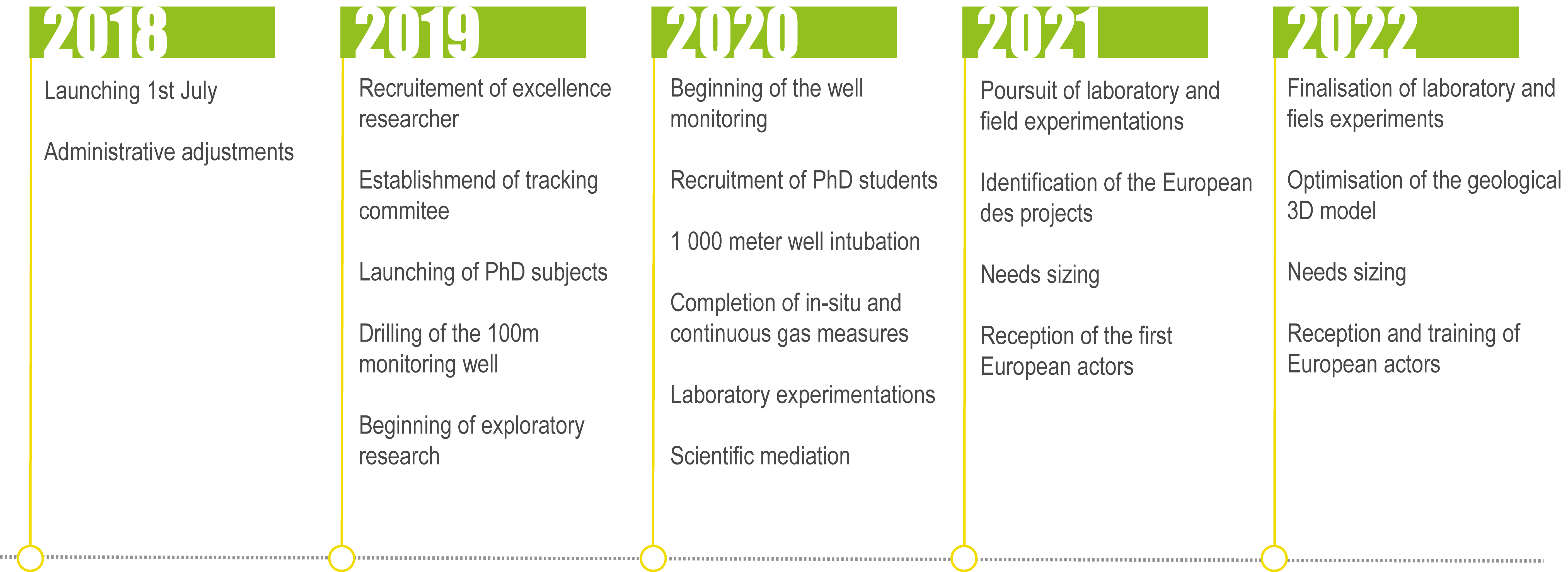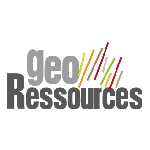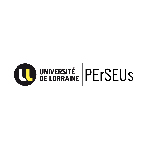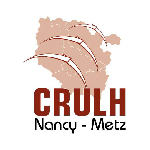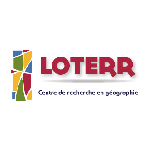Regalor is a research and development project about Lorraine gas resources held by GeoRessources laboratory (Université de Lorraine – CNRS). It is carried out in partnership with a Moselle company, la Française de l’Énergie. On Grand-Est region‘s initiative and supported by the European Union.
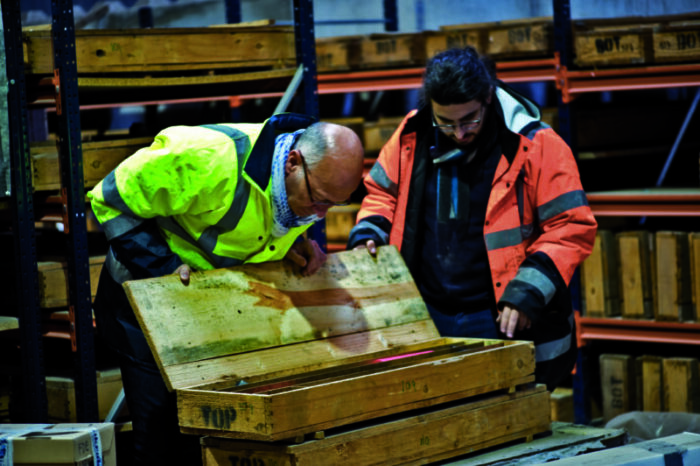
A partnership research – industry to innovate
With Regalor, it is the first time that scientists are associated with industrials before a project. Concerning Regalor, researchers’ expertise will estimate the feasibilities of a coal bed methane exploitation with low carbon impact in Lorraine.
What benefits from GeoRessources researchers?
A detailed study on the resource under our feet. It consists on refining quantity estimations, its composition and the structure of the geological underground.
Solutions for durable, environmentally responsible that respects water resources, air, and soil quality. Tools for environmental measurement, control, and monitoring, as well as installations will be developed.
Ensure a good territorial integration of the exploitation, from social perception to chances of re-industrialisation.
What benefits from industry?
Within the Regalor project, la Francaise de l’Energie provides an experimental site for researchers. Located in Folschviller in North-east of France, the site is already drilled. Leader for gas resources exploration and evaluation, the share of savoir-faire and tools, as well as their knowledge on the territory, will help researchers to have a more precise understanding of the exploitation’s impacts.
Before Regalor, GazHouille
Regalor was born out a first study, GazHouille, held between 2013 and 2015 by a multidisciplinary research team from 10 French and Canadian university laboratories. This project provides a first light to coal bed methane exploitation in Lorraine. A first study on geological, environmental, economic, geographic, politic, law, and social psychology had been released.
A 360° vision
Geosciences, social psychology, history, geography… 4 research laboratories from Université de Lorraine are involved in the project. This multidisciplinary would allow a 360° vision about coal bed methane exploitation in Lorraine.
An innovative project
1
Evaluation of the reserve through a 3D modelling approach of the regional geological context
2
Optimisation of gas exploitation through a targeted drilling and extraction engineering, with no fracking of the geological ecosystem.
3
Territorial integration and social sizing based on an integrated socio-economic approach.
4
Control and minimising of environmental impacts and risks through a biogeochemical in-situ and continuous monitoring.
PhD

Reconstruction of the burial and paleothermicity history of the Lorraine coal basin: contribution to the estimation and distribution of gas resources

Definition of the organisation of the coal basin into structural blocs to understand the fracking organisation and develop a drilling surveying guide

Numerical modelisation of the methane desorption phenomenon and gas enhance recovery along factures

Understanding CO2 – methane gas exchanges as part of CO2 injection into the coal veins.
POSTDOC

Study on social group’s representations about exploitations of Lorraine gas resources.

Evaluation of induced seismicity generated by an exploitation to estimate risks thanks to 3D geomechanical numerical modelisation of involved zones.

Comparative bibliographical review about social, economic and territorial consequences of an unconventional gas exploitation.

Comparison of re industrialisation/industrial conversion iron Lorraine/coal Lorraine (1963-2018).
A 4 year research project
